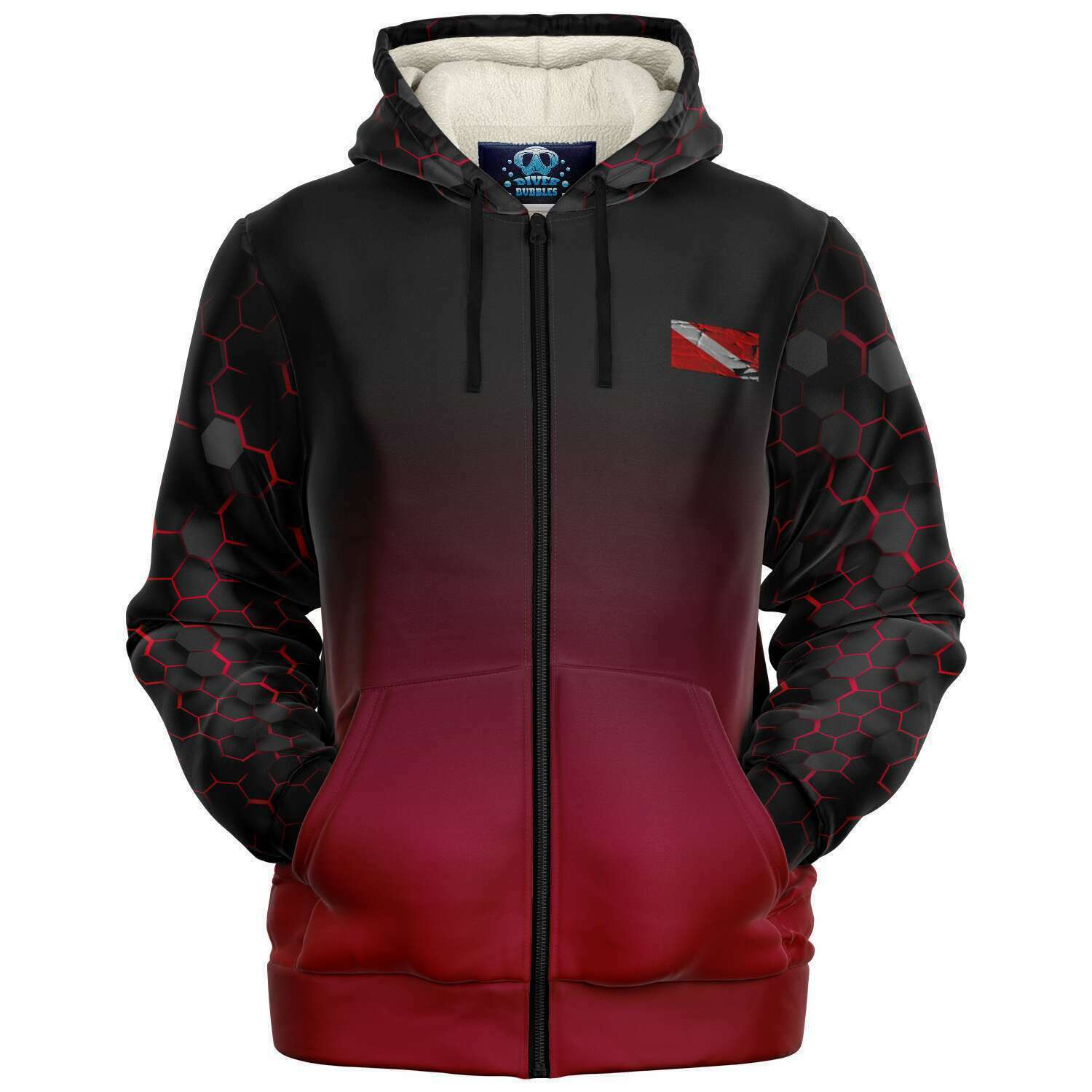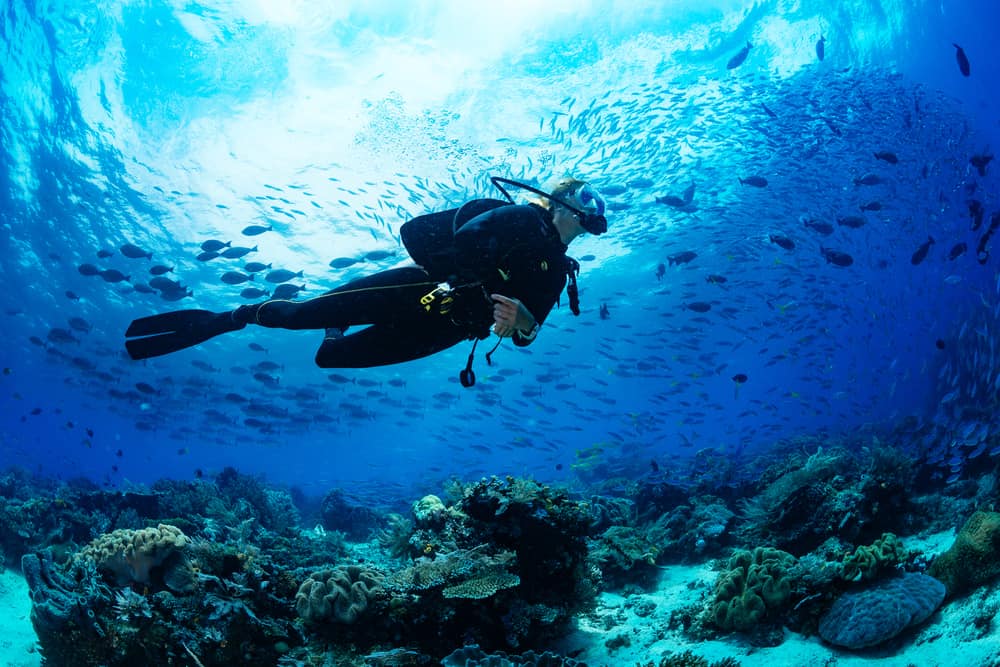
As a professional scuba diver, I’ve been fortunate enough to explore some of the most beautiful and unique underwater environments around the world. From the coral reefs of the Caribbean to the kelp forests of the Pacific Northwest, there is truly nothing quite like the experience of scuba diving. In this guide, I will share with you my knowledge and expertise on scuba diving and apparel, so that you too can experience the wonders of the underwater world. Scuba Diving: An Introduction Scuba diving is a form of underwater diving in which a diver uses a self-contained underwater breathing apparatus (SCUBA) to breathe underwater.

This equipment allows divers to explore the underwater world for extended periods of time, allowing them to observe and interact with the marine environment in a way that is impossible with traditional snorkeling gear. There are many different types of scuba diving, each with its own unique set of challenges and rewards. Some of the most popular types of scuba diving include recreational diving, technical diving, and cave diving. Recreational diving is the most common form of scuba diving, and typically involves diving to depths of less than 40 meters.

Technical diving, on the other hand, is a more advanced form of diving that involves diving to greater depths and using more advanced equipment. Cave diving is a specialized form of diving that involves exploring underwater caves and other subterranean environments. Scuba Diving Gear and Apparel When it comes to scuba diving, having the right gear and apparel is essential. In addition to the standard scuba diving equipment such as regulators, tanks, and fins, there are a number of specialized pieces of gear and apparel that are specifically designed for scuba diving.

One of the most important pieces of gear for any scuba diver is the wetsuit. Wetsuits are designed to keep the diver warm and protected in the water, and are typically made from neoprene or other synthetic materials. Other important pieces of scuba diving apparel include rashguards, dive skins, and dive shirts, which are designed to protect the skin from the sun and other environmental hazards. In addition to the standard scuba diving gear and apparel, there are also a number of specialized pieces of equipment that are designed for specific types of diving. For example, cave divers may use specialized lights and reels to navigate through the underwater caves, while technical divers may use rebreathers and other advanced equipment to dive to greater depths.

Choosing the Right Scuba Diving Apparel Choosing the right scuba diving apparel is essential for ensuring a comfortable and safe diving experience. When choosing scuba diving apparel, there are a number of factors to consider, including the water temperature, the type of diving, and personal preferences. For diving in warm water, a lightweight wetsuit or a dive skin may be sufficient. However, for diving in colder water, a thicker wetsuit or a drysuit may be necessary to keep the diver warm and protected.

When choosing a wetsuit, it’s important to consider factors such as the thickness of the suit, the material, and the fit. In addition to the wetsuit, other important pieces of scuba diving apparel include rashguards and dive shirts. Rashguards are designed to protect the skin from the sun and other environmental hazards, while dive shirts are typically worn over the wetsuit for added warmth and protection. Scuba Diving and the Environment As scuba divers, we have a responsibility to protect the underwater environment and the marine life that inhabits it.

There are a number of ways that scuba divers can minimize their impact on the environment, including practicing good buoyancy control, avoiding touching or disturbing marine life, and using environmentally friendly dive gear.In conclusion, scuba diving is an incredible way to explore the underwater world and experience the beauty of marine life firsthand. However, it’s important to have the right gear and apparel to ensure a safe and comfortable diving experience.
Choosing the right wetsuit, rashguard, and dive shirt is essential, and divers should also be mindful of their impact on the environment. By practicing responsible diving techniques and using environmentally friendly gear, scuba divers can help protect the underwater world and ensure that future generations can enjoy it as well. So, whether you’re a beginner or an experienced diver, I hope this guide has provided you with valuable information and inspiration for your next underwater adventure.




